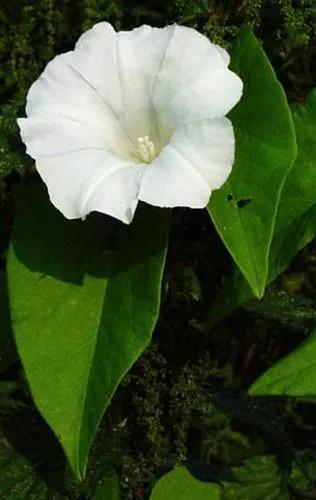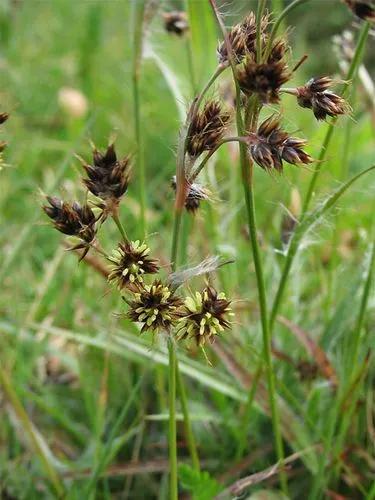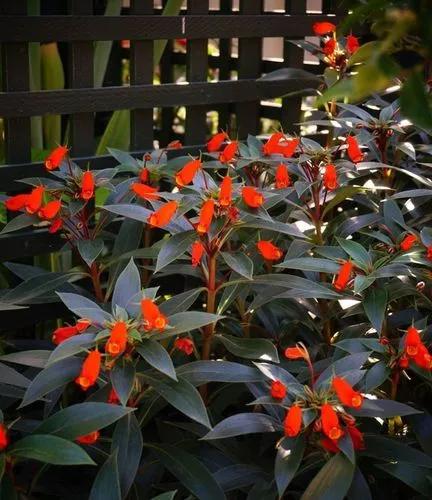John Cabot' was the first climbing rose in the Explorer series. It blooms heavily in June and July with bloom color that varies between deep pink and red, generally starting in a deeper red color, maturing to a brighter pink.
Rosa rugosa "John Cabot" Care
Rosa rugosa 'John Cabot'



‘John Cabot’ is one of the hardiest upright arching shrubs or climbers, this vigorous rose has continuous double red 2.5' clustered flowers; disease resistant; a wonderful selection for trailing over arbors. It will grow to be about 8 feet tall at maturity, with a spread of 5 feet. As a climbing rose, it can be leggy near the base and may be concealed by underplanting with lower-growing facer plants. It should be planted near a fence, trellis or other landscape structure where it can be trained to grow upwards on it, or allowed to trail off a retaining wall or slope. It grows at a fast rate, and under ideal conditions can be expected to live for approximately 20 years.
How to Care for the Plant

Water

For most climates, one deep watering per week is usually sufficient. If you live in a hot or dry climate however, you should check them every couple of days. Always water your roses at the bottom, do not get the leaves wet if you can avoid it.

Fertilizer

Give your John Cabot roses a dose of a good all-purpose granular fertilizer in the early spring when the leaves begin to form.

Sunlight

This woody vine should only be grown in full sunlight. A good rule of thumb is 6 to 8 hours each day of direct sun light.

Soil

It is not particular as to soil type or pH but the soil should be well-draining. If you are unsure about the quality of your garden soil, then take a trip to the local garden center and pick up a bag of a good organic compost. Mix this into your garden soil at a ratio of 1 part compost for every 2 parts soil.

Temperature

John Cabot' is hardy to -35ºC (-31ºF).

Popularity

237 people already have this plant 84 people have added this plant to their wishlists
Discover more plants with the list below
Popular articles






